The F1 Italian Grand Prix is one of the oldest motor racing events of our time. This prestigious event has been taking place at the Autodromo Nazionale Monza (Monza racetrack) for close to 100 years!
The second edition ever of the race took place in 1922 in Monza, Italy.
Italy and Cars
The Italian automotive story starts in 1880 and currently contributes a whopping 8.5% towards Italy’s GDP. It is one of the most prominent car manufacturers both in Europe and across the world.
Stefanini-Martina is viewed as the founding father of Italian automotive manufacturers. According to statistica.com, the Fiat-Panda model was the highest seller in 2020 and saw 46 290 units sold in this period.
The History of the Italian Grand Prix
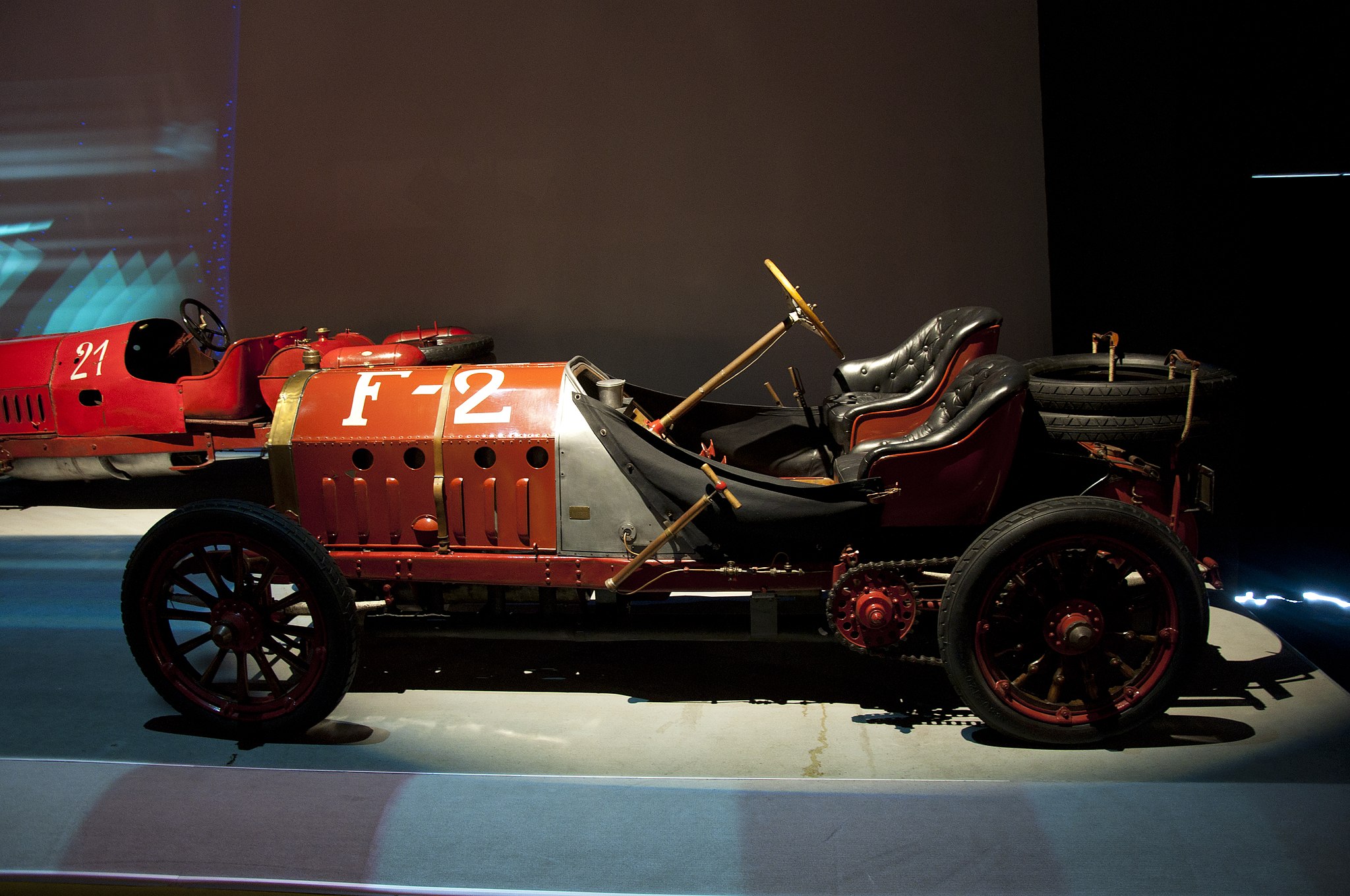
1922
The 2nd annual Italian Grand Prix took place at the newly-built Autodromo Nazionale Monza. This historic venue is located just on the outskirts of Milan. The speedy 10km circuit featured an embankment together with regular tar roads.
It was only the third permanent auto racing venue worldwide. The race consisted of 80 laps and was won by F1 race car driver Pietro Bordino from the Fiat team.
1928
Sadly, even though this race was won spectacularly by Louis Chiron from Monaco, it diminished in the background, as one of the most horrific accidents in Italy’s GP history took place on this day.
Emilio Materassi attempted to overtake another driver and subsequently lost control of his Talbot on the main straight and crashed into a spectator grandstand that was not protected. He lost his own life, and unfortunately, 20 spectators lost their lives too.
The race took a two-year hiatus, but no amendments were made in terms of improved safety features. This accident was the first of many fatalities over the years.
1937
The first and only time, the Italian Grand Prix was held at Circuito del Montenero in Livorno. This 7km street circuit encases the Mediterranean seaside. The then 50-lap race was won by the Mercedes team by driver Rudolf Caracciola with a mere .04 second lead over teammate Hermann Lang.
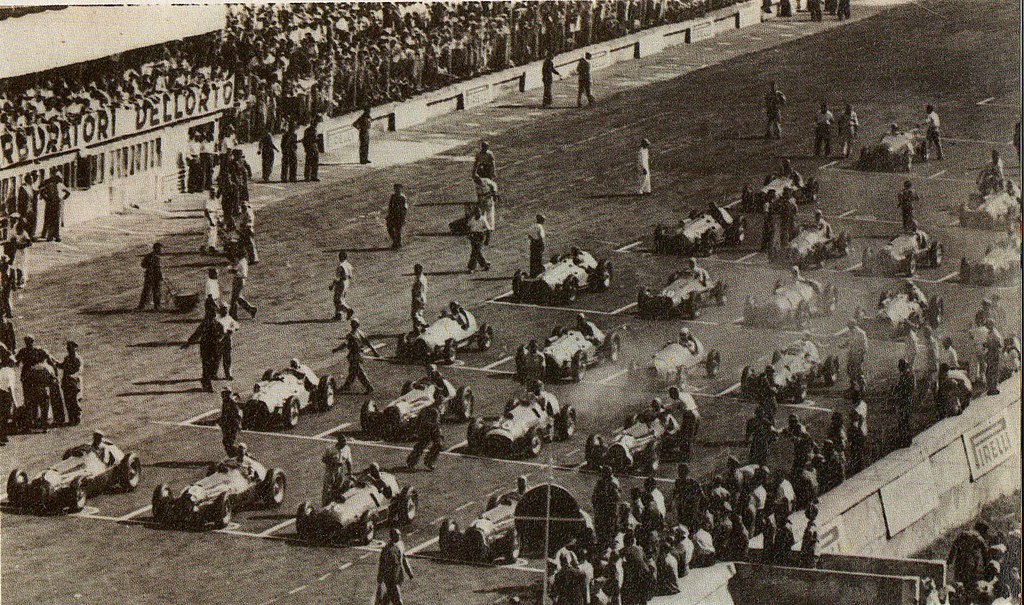
1950
Milan (1947) and Turin (1948) hosted once-off races, respectively. 1950 was the debut year of the F1 World Championship. The final race of the season was held back at the Monza circuit. This year the Alpha Romeo team dominated the Championship with all three of their drivers contended for the top honors.
Guiseppe Farina, Juan-Manuel Fangio, and Luigi Fagioli put up valiant efforts. The end of the race saw Farina being crowned the very first F1 World Championship. The best of all? He was the first and only Italian to claim the F1 Driver’s title in his country of birth! What a time to be alive!
1956
Sir Stirling Moss claimed the first of three consecutive wins at the Monza circuit in 1956, and Juan-Manuel Fangio sealed the Driver’s title. The camaraderie in F1 is one to definitely look up to.
When the steering mechanism broke on Fangio’s Lancia-Ferrari, teammate Peter Collins did not think twice to give his car to his teammate. This was a historical event that saw Fangio clinch his fourth World Championship Driver’s title.
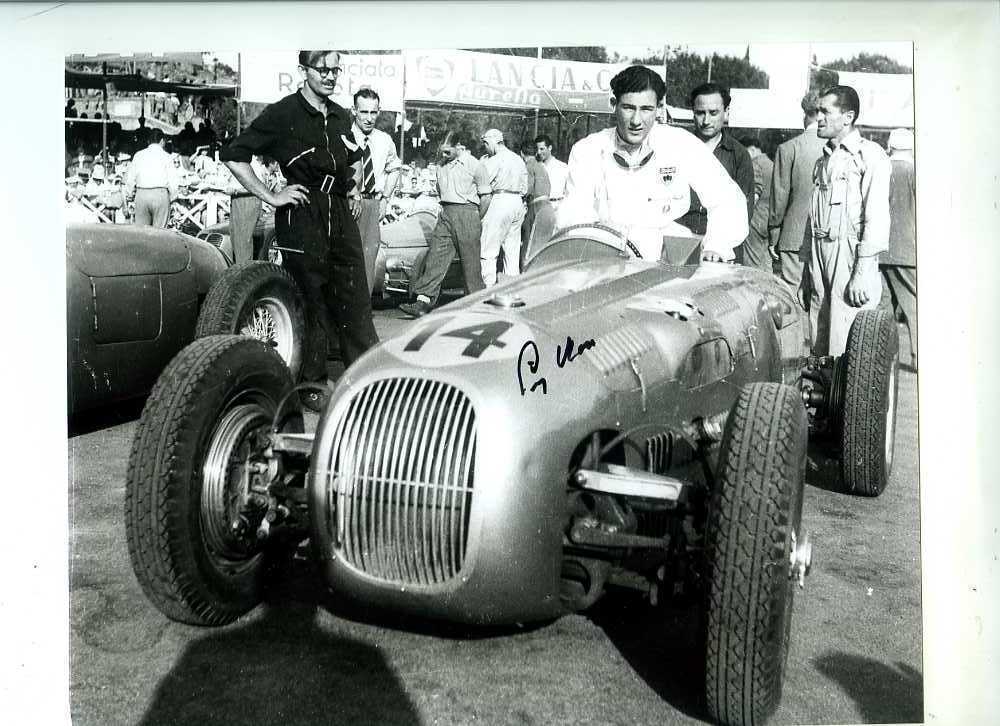
1965
In 1961 driver Wolfgang von Trips and 14 F1 fans lost their lives during a fatal accident at the Italian Grand Prix. This was when authorities made the decision never to use the banked section of the circuit.
Now that the high-speed banked section was omitted, the race was now shorter by 5.75km. But what a race it was! Fans were treated between an epic battle between Jim Clark, Graham Hill, Sir Jackie Stewart, and John Surtees. Sir Jackie Stewart claimed his first victory.
1970
As exciting as the Italian F1 races are every year, this year was marred by another fatality. This time in the form of Team Lotus star driver Jochen Rindt. He is the first and only F1 driver that received a World Champion title posthumous. Ferrari’s Clay Regazzoni emerged as the victor, but no one felt like celebrating that day after the tragic events.
1971
This was one of the most exciting races in the history of the Italian Grand Prix. The top five drivers were only marginally separated when they crossed the finish line. This was the grand finale of the races in the 1971 calendar year and also saw the addition of chicanes.
The chicanes added an extra protection barrier and ensured that the F1 cars slowed down for both driver and spectator safety.
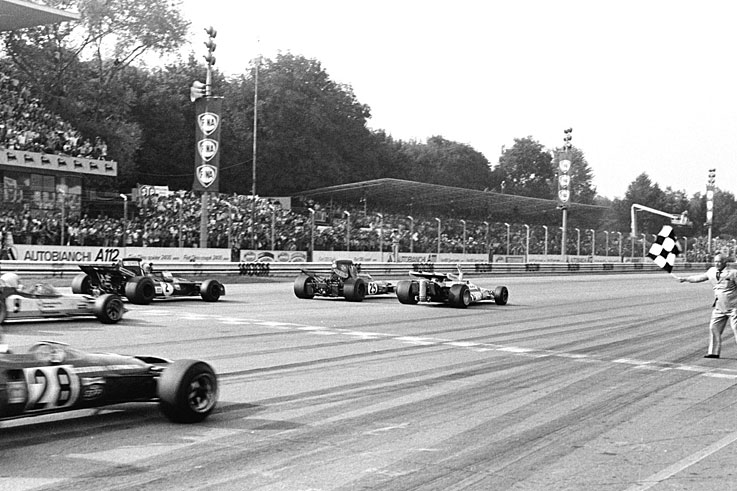
1978
Another race weekend that Italy and Monza would instead want to forget. The maiden lap saw a pile-up of cars, and the life of Ronnie Peterson was lost. People’s champions James Hunt, Clay Regazzoni, and Patrick Depailler pulled Peterson from the burning wreck, but sadly he succumbed to fatal injuries in hospital.
1979
South African Jody Scheckter won this race for Ferrari from teammate Gilles Villeneuve. The last race was secured by a Scuderia 1-3 finish and saw the Prancing Horse team clinch the Constructor’s championship.
1980
Significant upgrades were performed to the Monza racetrack. This saw the first Italian Grand Prix being hosted at the Imola circuit and Brabham’s Nelson Piquet emerging as the victor. The race returned to Monza again in 1981, and Imola remained on the race calendar for 25 years, being the circuit to host the San Marino portion of the calendar.
1988
This was a bitter-sweet year for Italy’s car manufacturer Ferrari. Founding father Enzo Ferrari passed away, but Gerhard Berger claimed an emotional victory for Ferrari at Monza. Interestingly enough, the season was dominated by McLaren, and this was the only race that they did not win. What a fantastic tribute to Ferrari’s maker!
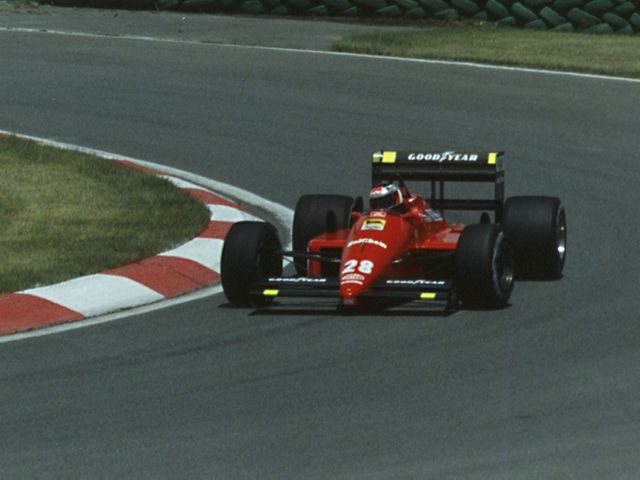
1996
German race driving sensation Michael Schumacher claimed the first of five victories at Monza for the home crowd. This Ferrari F310 drove a strategic race from first place on the grid to secure the win for the home team, in from of its adoring fans, the Tifosi!
2003
Michael Schumacher clocked the highest average speed on this historic day in F1 history. His average speed was 153.842 mph (247.585 km/h), and it took him 1h 14m and some change to secure the victory. This was the shortest ever F1 race to be completed at full distance.
2008
Sebastian Vettel became the youngest ever polesitter when he claimed pole position for the start of the race. He claimed victory for the race as well and became the youngest race winner in that year. He still holds the record for the youngest polesitter, but the youngest race winner-honors has since been taken by Red Bull’s Max Verstappen, son of Jos Verstappen.
2015
Sir Lewis Hamilton won the Italian Grand Prix this year with his potent Mercedes car. He remained at the top the whole weekend by claiming pole position, setting the fastest lap, and leading the race from start to finish.
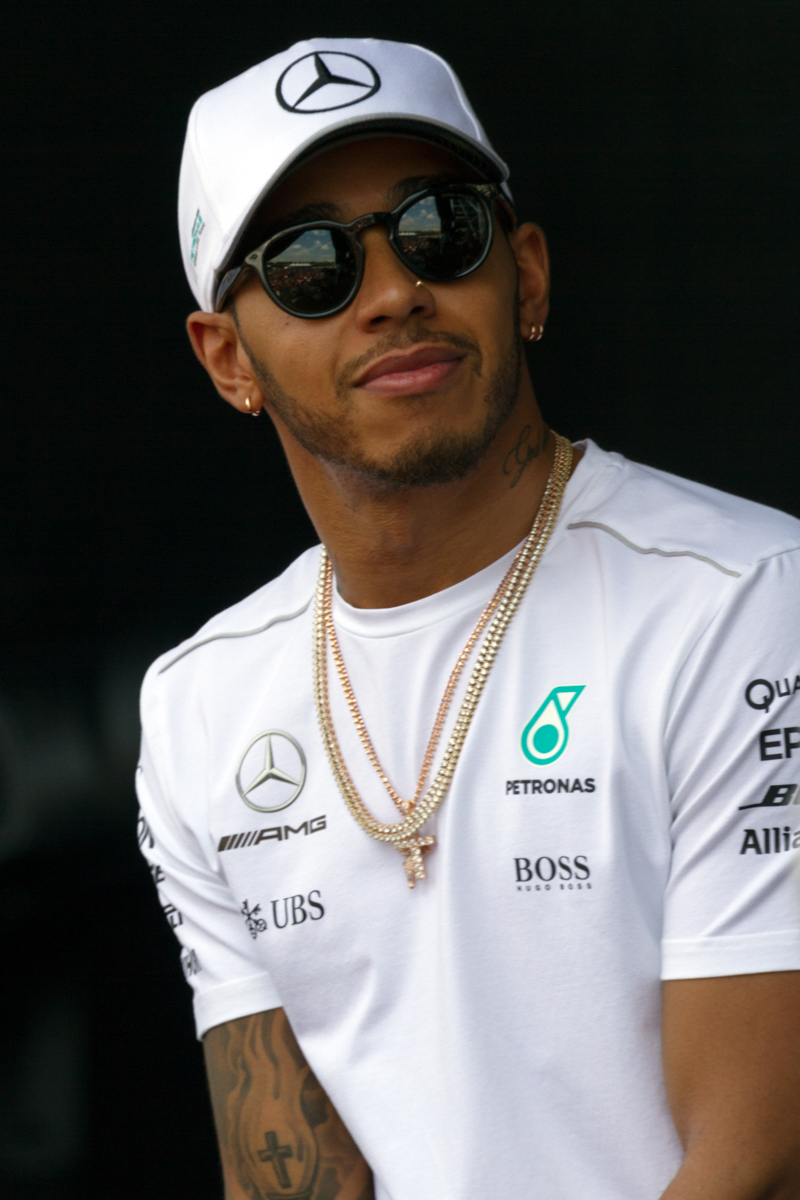
2019
Newbie Monègasque driver Charles Leclerc restored the Ferrari fan’s faith in their team by securing its first victory in ten years at this circuit. This year also saw Monza sign a new five-year contract with the FIA to host the race at this circuit until 2024.
Top Five Italian Grand Prix Drivers
5. Michele Alboreto
He enjoyed a long career and won five races in total. He performed best during the mid-80s seasons for Italian car manufacturer Ferrari. In 1985, Alboreto finished second to Frenchman Alain Prost, missing out on the Driver’s Championship by 20 points.
In 1994, Michele retired from F1 to pursue a career in Indycar racing. Sadly he succumbed to an accident in 2001 testing for manufacturer Audi.
4. Luigi Fagioli
He was already 51 years of age when the first Driver’s Championship was held in 1950. This did not hold him back one bit as he secured a stellar third place when the Championship concluded.
He only entered one race in 1951 and shared the win with the oldest F1 Grand Prix race winner, Juan-Manuel Fangio. He tragically lost his life in Monaco in 1952 while practicing for a race.
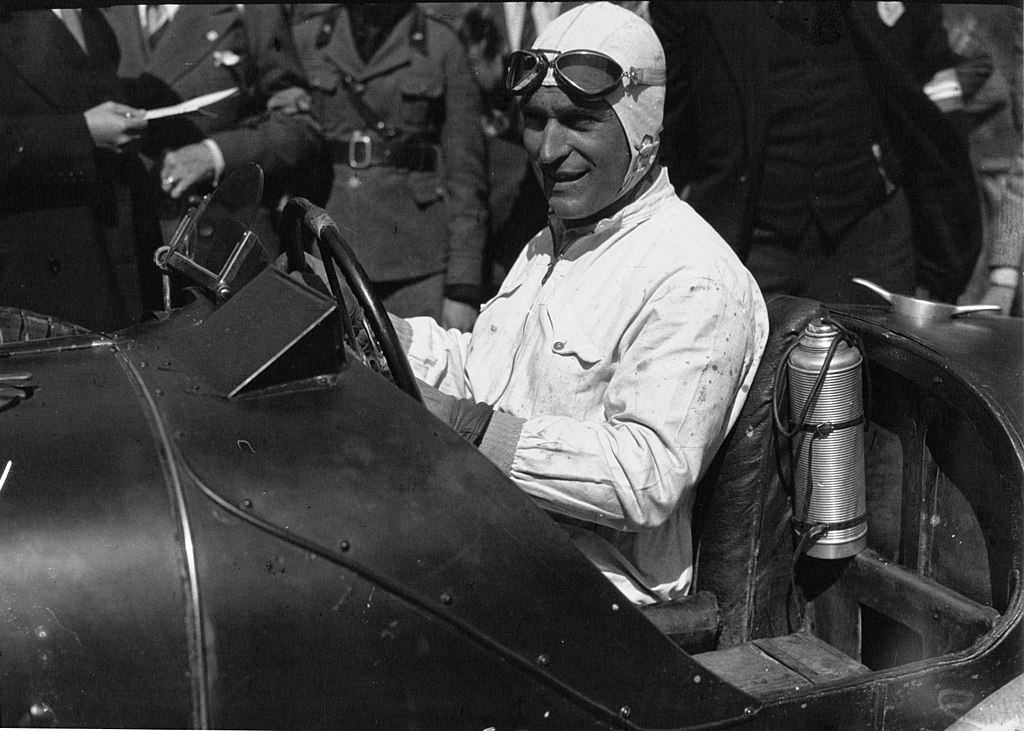
3. Riccardo Patrese
Until his retirement in 1993, Patrese was the most experienced driver in F1 history. Both Michael Schumacher and Rubens Barrichello have since surpassed him. He won a total of six races in his long career span.
2. Nino Farina
He was crowned the first-ever F1 Drivers World Champion. After securing this coveted title, he only raced for three full seasons after his historic win.
Ironically, he survived the most difficult seasons in F1 history but was killed in a car crash en route to watching the French F1 Grand Prix in 1966.
1. Alberto Ascari
In both 1952 and 1953, he won 11/17 races, winning a staggering 40 percent of the races he entered. Sadly, he passed away after a horrific crash in 1955.
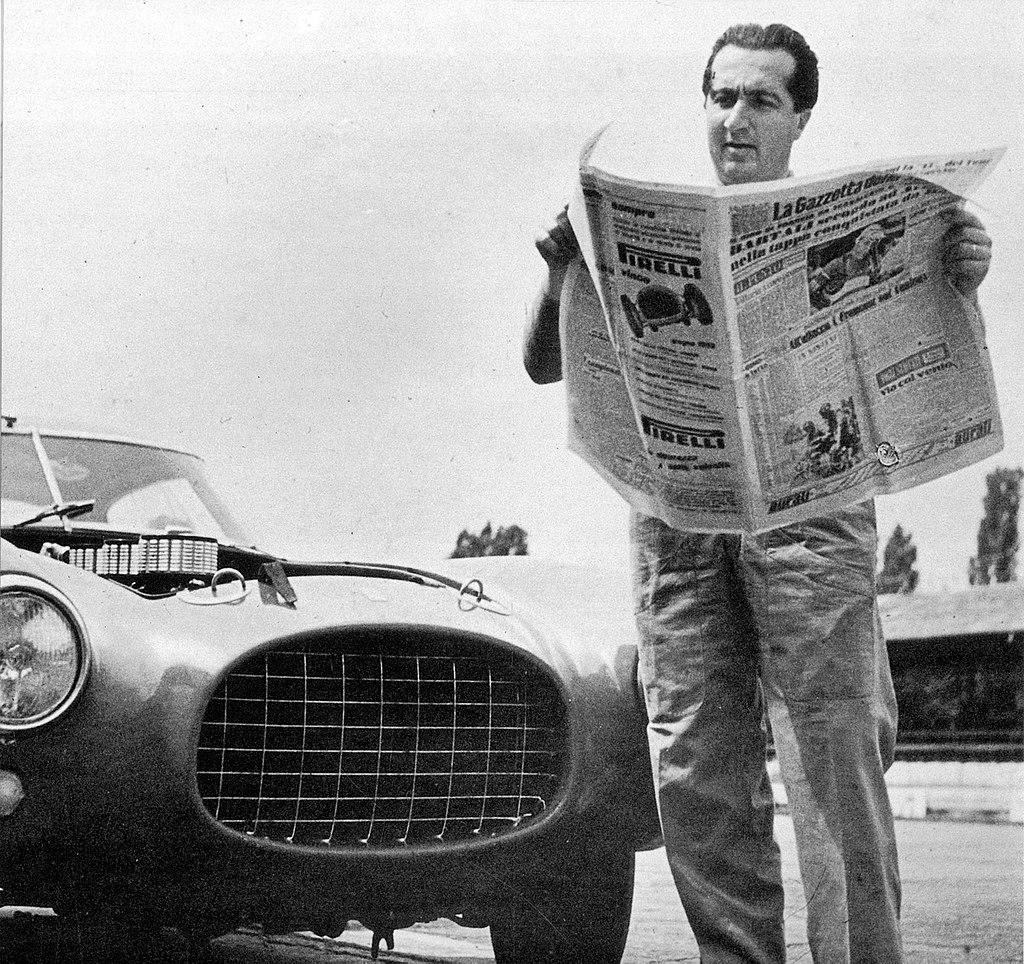
The Final Lap
It is an uncontested fact that the rich history of F1 races and successful drivers is bittersweet. Major victories, as well as tragic accidents, have been witnesses throughout the years.
Since then, F1’s governing body has introduced the Halo system, which has prevented many more fatal casualties from occurring.
We can only look forward to more records being broken at this fascinating racing circuit, and hopefully won by the Ferrari team.

Community of passionate writers and content creators who share a love for Italian heritage, culture, travel, food, and the Italian-American community. Our mission is to celebrate Italy’s rich history and traditions and connect with others who share the same passion.

